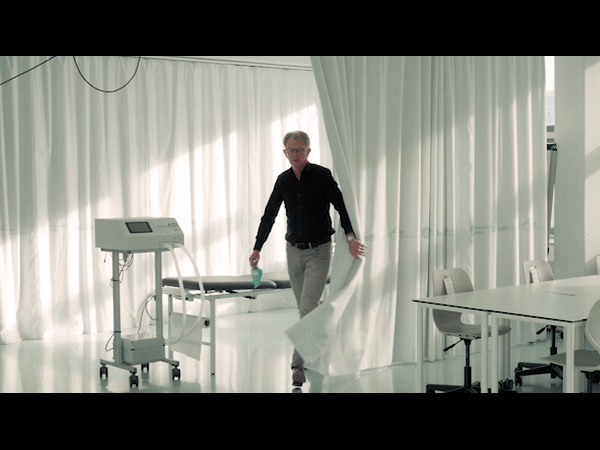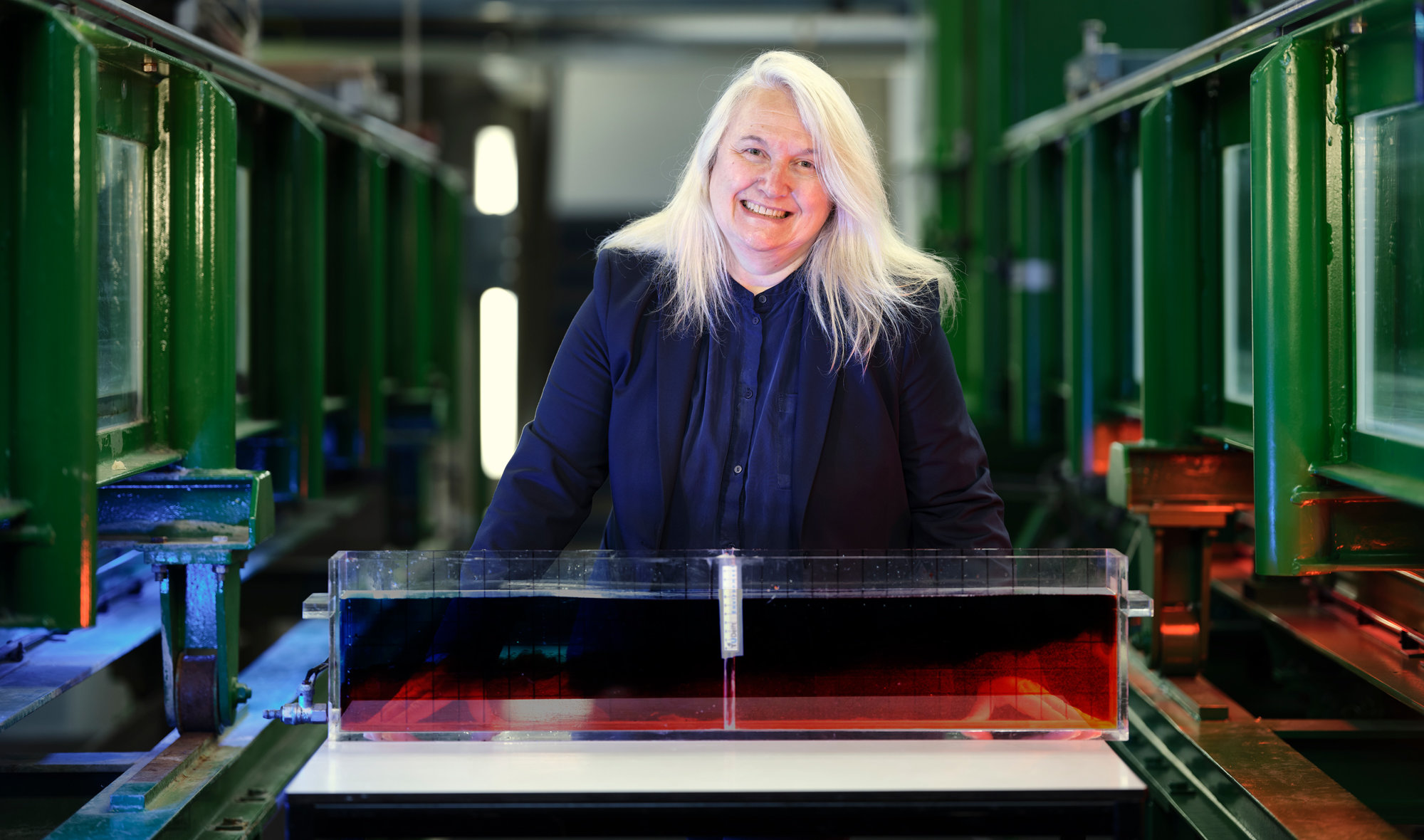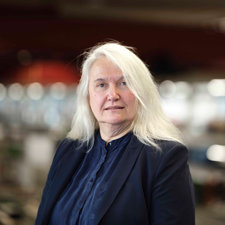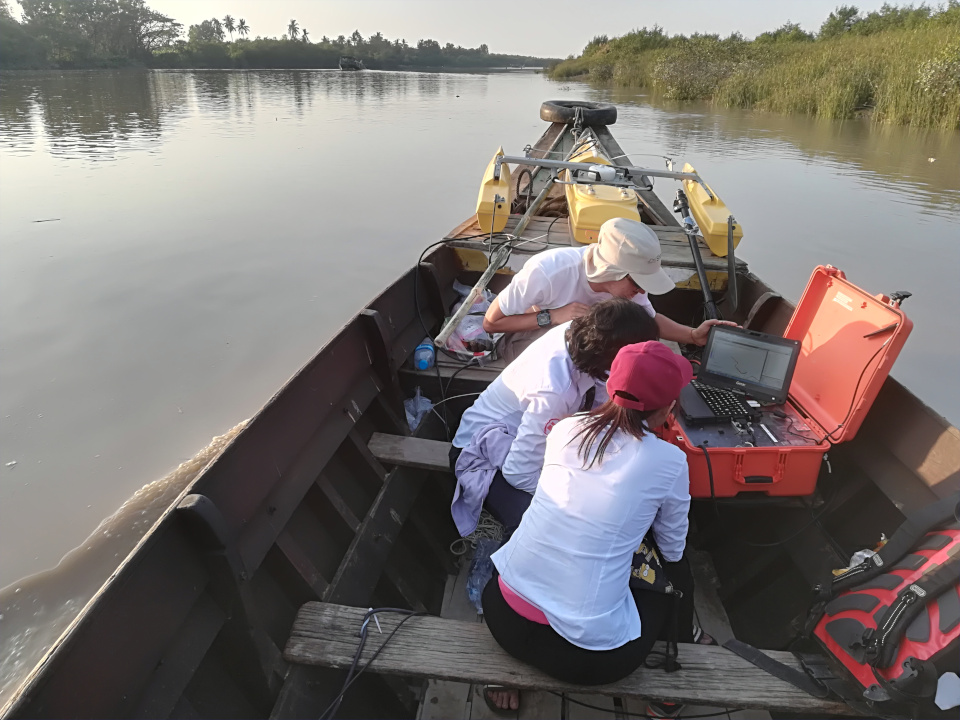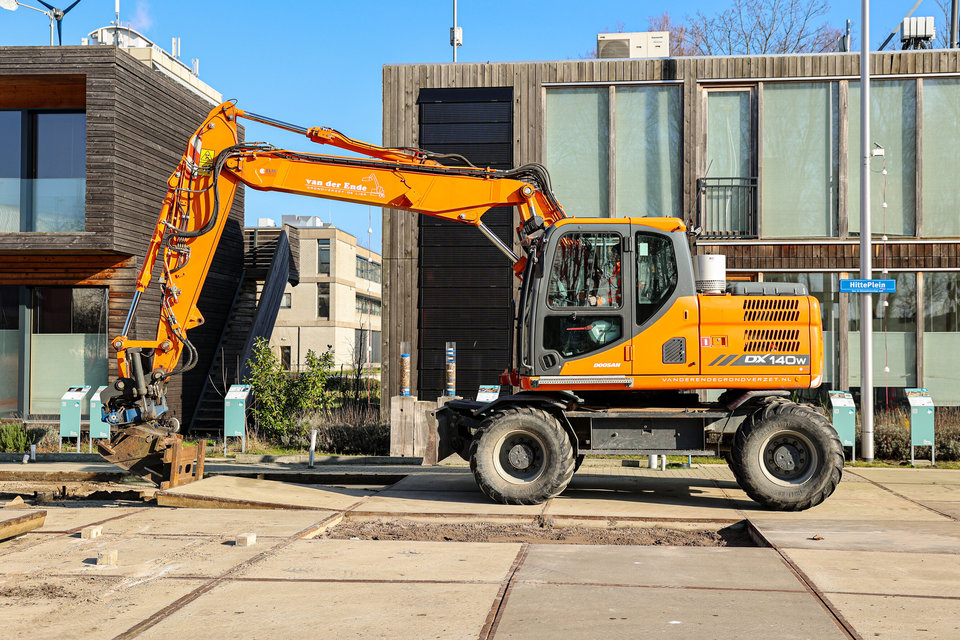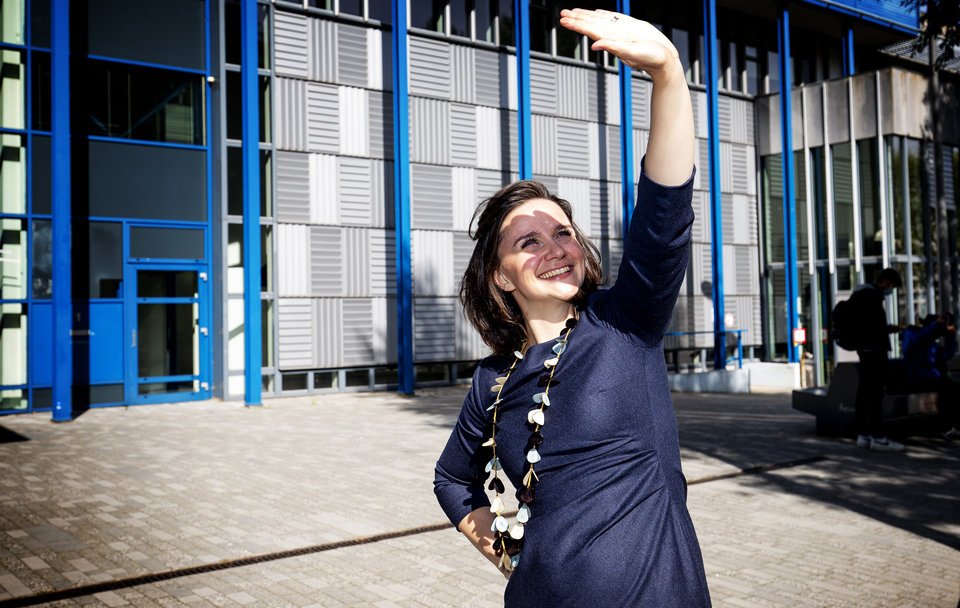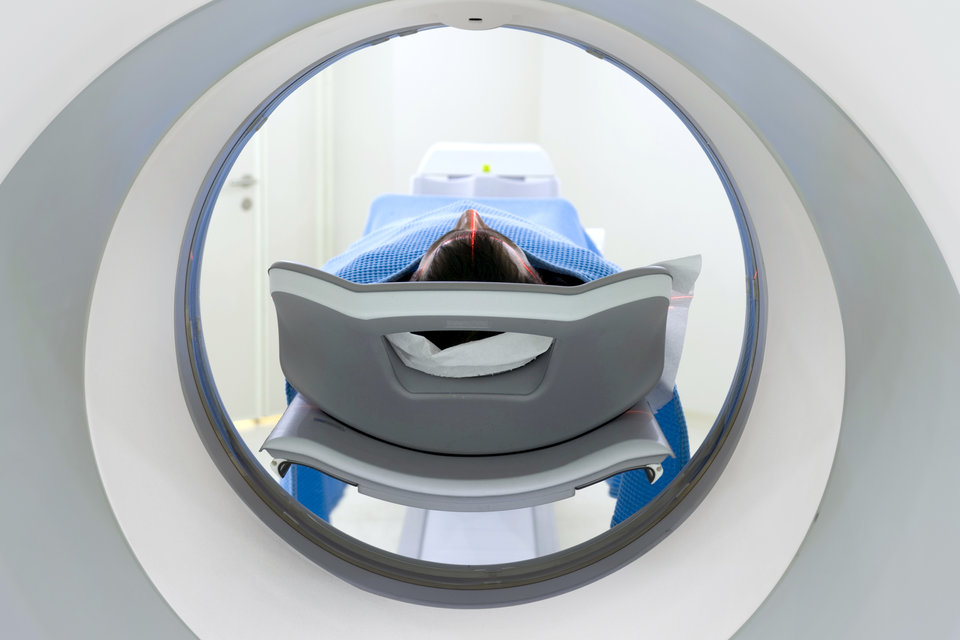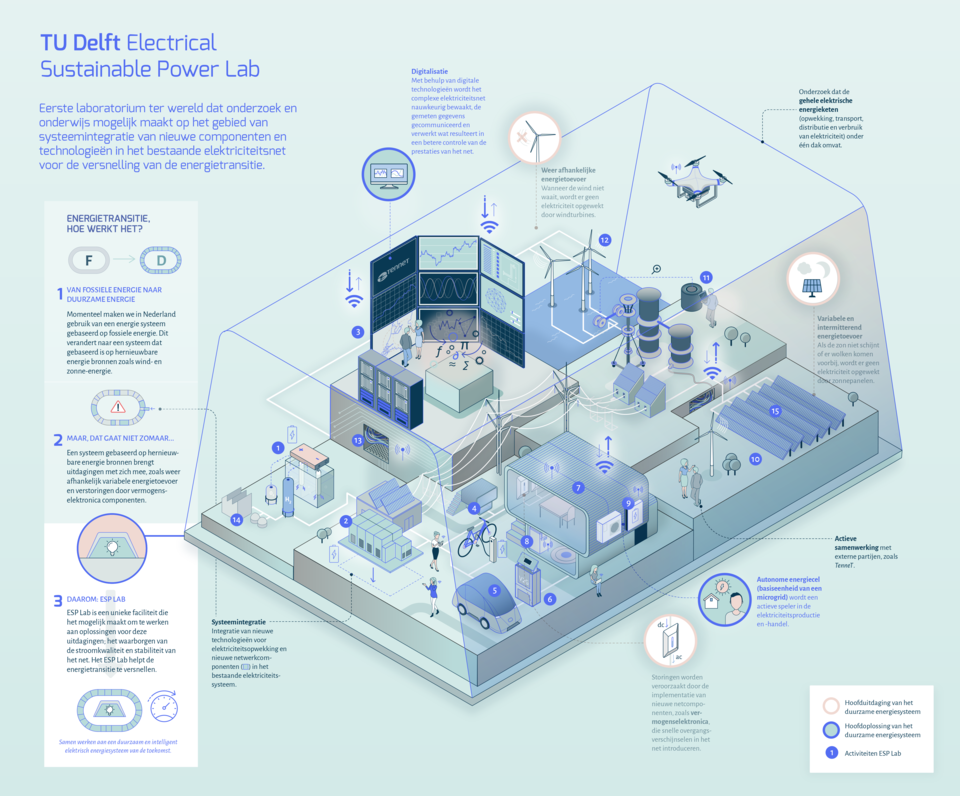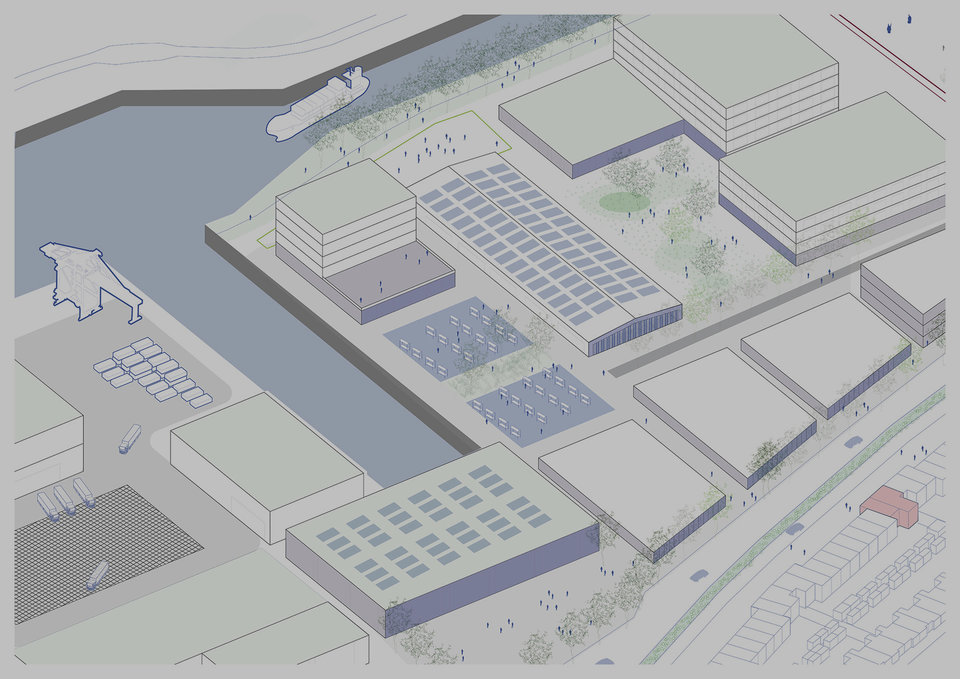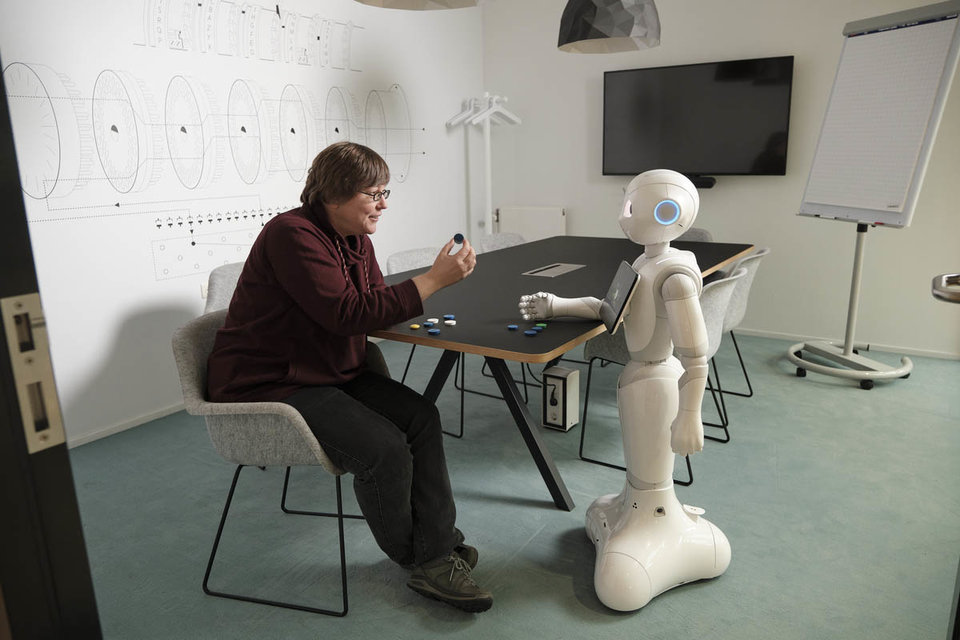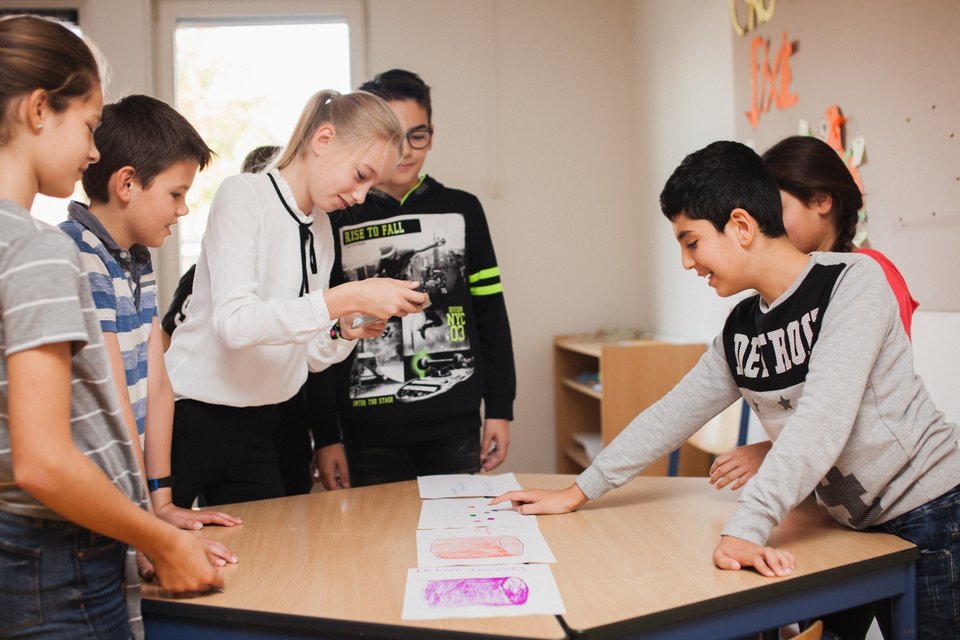Some sixty kilometres, all the way up to Gouda, that’s how far inland the Rotterdam Waterway has been carrying salty North Sea water over the last few years. Salt intrusion in Dutch rivers is a growing problem for the country’s drinking water supply and agriculture, not only in the Dutch delta but in deltas worldwide. Julie Pietrzak is trying to find better ways of predicting and combating the problem. Supported by a large team of partners Pietrzak is working on the first step: the creation of a virtual delta to simulate the complex process of salt intrusion and test possible solutions.
River salinization is caused by a combination of factors, professor of Physical Oceanography Julie Pietrzak says. ‘One important cause is the deepening of waterways and the construction of larger locks to allow access to container ships, which is what happened in the ports of Rotterdam and IJmuiden. Opening up the Haringvliet sluices a crack for migrating fish is another reason for landward penetration of sea water, as is sea level rise. The problem is exacerbated during dry summers when river discharge is low, as we have seen in 2003, 2011 and in the last few years. Add a storm surge to the mix and the salty sea water will be pushed even further inland.’
Effects on drinking water and agriculture
The denser salt water migrates inland underneath the sweet river water and this has meant that the salt content in a number of sites in the river Rhine has been exceeding the 150mg per litre limit during droughts and storm surges. This impacts water intake by water companies, Pietrzak says. ‘Water company Evides has already had to monitor their water intake sites very carefully because salinity was reaching a critical point. Agriculture is feeling the effects as well. The river water used by farmers to water the crops is becoming saltier all the time.’
Cappuccino and river delta
In 2017 the increasing salinity of the country’s rivers prompted TU Delft and many other partners (link) to put their heads together. Three years on they have come up with SALTISolutions, a six-year project headed by Pietrzak which kicked off in May this year. ‘As a researcher I have carried out extensive research into flow dynamics and the interaction between sweet and salt water in estuaries and coastal areas. I find these movements and underwater interactions endlessly fascinating, whether they’re taking place in my cappuccino or a in river delta.’
Unique partnership
SALTISolutions is made up of nine projects, each with its own focus, but all contributing to the Virtual Delta. ‘Pietrzak: ‘Delft excels at modelling and building with nature while Eindhoven has a lot of expertise in the field of mixing and turbulence. Twente University will be working on a Delta Management Game, and the University of Wageningen and NIOZ will be contributing their own particular expertise to the Virtual Delta. It’s a unique partnership bringing together a great many partners with widely diverging fields of expertise. SALTISolutions will enable us to build a comprehensive picture, from research into fundamental physical processes to effective policies to combat salt intrusion.’
A better understanding for underlying processes
An important aim of the project is to achieve more accurate medium and long term predictions of salt intrusion, Pietrzak says. ‘The waterway authorities and water companies are currently measuring the salt content in Dutch rivers on a daily basis. The chloride meter measurements give a good indication of the degree of salt intrusion over a couple of days. But because we are dealing with a number of unknowns, such as climate change effects, it is difficult to predict how salt intrusion will develop over time. In order to make more reliable predictions we need a better understanding of the physical and dynamic processes of salt intrusion in estuaries. We know, for instance, that when mixing occurs, as a result of internal waves generated by sand waves on the estuary floor, the spread of salt water decreases. But what we don’t know yet is how and to what extent this happens.’
Digital twin
In order to make more accurate predictions, a digital twin of the Rhine-Meuse delta will be developed. ‘This digital twin is a virtual copy of the real estuary system, a virtual delta in other words. We already have 1D models which predict salt intrusion increase and decrease over time, for instance, but in order to make accurate long term predictions we need a wider perspective. We will be using sensors around the Rhine-Meuse delta, the port areas of Rotterdam and the IJmuiden locks to get a clearer image of how salt water moves inland. Apart from our own measurements we will use radar images, climate models and satellite data on, for instance, sea surface temperature.’
Playing the system
A digital twin will enable the researchers to evaluate the interventions which will lead to less salt intrusion, Pietrzak says. ‘By adding information and making adjustments to the delta we will be playing the system, so to speak. What will happen, for instance, it we add an extra branch to the river? What if we move a lock or put an island off the coast? Salt intrusion is a worldwide problem, from the Mississippi Delta to the Mekong Delta in Vietnam, and digital twins can be created for each one of them. By adding data on local conditions it is possible to make predictions and come up with tailor-made solutions for each delta.’
Nature-based solutions
Although SALTISolutions still has a long way to go, Pietrzak is willing to speculate about possible coastal measures. ‘We are focusing on nature-based solutions. Some will need a human helping hand, for example in the shape of a sediment deposit positioned in such a way as to slow down the salt intrusion process. A system which maintains itself is crucial for a healthy delta. At the same time we need to consider the economic interests of the port areas and coastal safety issues. We can only do that by taking an integral approach to this challenge.’
In 2011 Julie Pietrzak became the first female professor at the Faculty of Civil Engineering and Geosciences. ‘I was very proud to be appointed. I believe very strongly in diversity, not just gender-based, but in all sorts of areas. Diversity encourages different perspectives and approaches to problems and solutions. Both Civil Engineering and water engineering have traditionally been male strongholds but fortunately things have been changing for the better over the last few years.’

